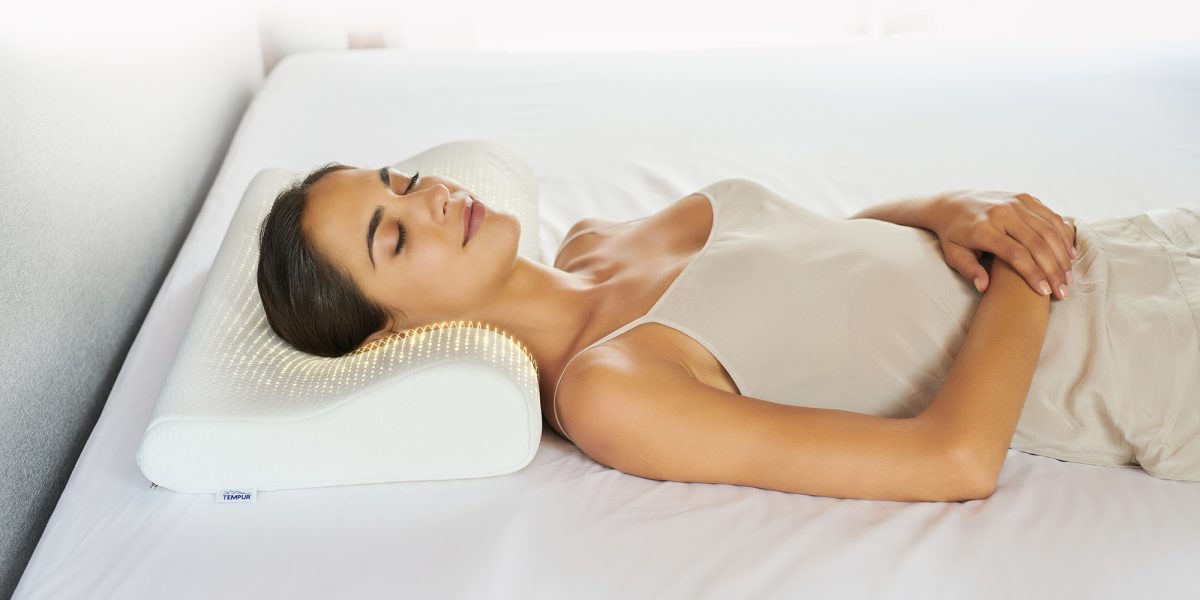Sleep Like An Astronaut With This NASA-Invented Tech
Artificial limbs; invisible braces; space blankets; freeze drying; water filters; solar cells; we have access to so many modern technologies developed for NASA’s various space programs that we really should have a NASA Day public holiday to give thanks. Maybe it could replace Queen’s Birthday – as what have the Royals done for anyone lately aside from offering countless column inches to the tabloid newspapers? Of course, one of these incredible breakthrough NASA technologies is Tempur, which is not a Japanese method of deep-frying battered seafood and veges but a ‘memory foam’ with a soft high-energy absorption characteristic. Used as a comforting shock absorber in a wide variety of seats, from aircraft to amusement park rides, Tempur is also used in sports helmets and archery targets as well as in those NASA-developed prosthetic limbs.
An Extra-terrestrial Origin
Tempur originally came about because NASA needed a cushioning material that would help support their astronauts during the punishing 3G forces they had to absorb during those massive 1970s Apollo rocket take off and landings. To meet the brief NASA’s scientists developed a unique formulation of viscoelastic material that had both high-energy absorption and soft, pressure-relieving properties. By including this viscoelastic foam in the astronauts’ seats, the spacemen were able to withstand the accelerative G forces of the rockets powering out of the Earth’s atmosphere a lot better than if they were just casually lounging in armchairs.
From the Capsule to the Bedroom
Interested bystanders to this breakthrough were a couple of Swedes who thought there could be a lot broader uses for this viscoelastic foam than just propping up astronauts’ butts. They saw parallels for the foam’s pressure-relieving properties with the simple act of sleeping (or attempting to sleep!) in a bed and looked to try it as the primary material in mattresses and pillows.
The result was Tempur and, after further enhancing both its adaptability and durability, the company came up with the world’s first “slow spring back foam” mattress and pillow. This proved to be a game changer as people began sleeping better on the Tempur beds as their high-density memory foam gave the same feeling of weightlessness the astronauts experienced.
The importance of a good night’s sleep cannot be underestimated either, as we all know; any improvement in our sleeping ability at night also has a big impact on our attitude in life in general during the day. This was proven yet again recently when a Gallup poll of 7000 adults were asked two questions; ‘How much sleep do you normally get?’ And; ‘How do you feel about the world?’ The results were stark; with 65.7% of respondents who got 8 hours of sleep a night giving a thumbs up about their lives compared to a mere 59.4% for those who could only scrape together 6 hours of shuteye.
Universal Approval
Of course, there is much more to Tempur beds than just the G-force absorbing mattress, there is also a collection of power adjustable bases. These are awesome as with the touch of a button, you can transition the upper half from a flat sleep surface to a more couch-like angle for reading or watching vids on the tablet. Or, going the other way, you can raise the lower half to get the legs up high to improve better blood circulation and/or take the strain off your lower back.
The whole package has seen Tempur as the only mattress and pillow brand to receive a Certified Technology Seal from the US Space Foundation with their technology also being inducted into the Space Technology Hall of Fame. For your own out-of-this-world sleep experience, simply visit the Sleep Gallery, who have a specialist delivery team who can set up your new adjustable Tempur bed exactly as it should be.


